Plantar Fasciitis Brace
Read More >
Plantar Fasciitis is one of the most common and debilitating foot conditions that is complex to treat. If you know the symptoms of Plantar Fasciitis and you suspect that you have or may be developing it, we may recommend all the steps to take so you can try and cure your Plantar Fasciitis quickly.
Some tips on how to cure your Plantar Fasciitis may seem straightforward in the headings. Still, it’s important to read and follow the closer details as this can be the difference between curing your Plantar Fasciitis and your symptoms not improving.
Plantar Fasciitis taping is a highly effective pain relief for a sore foot. A low-dye taping with rigid zinc oxide is the most effective as it shortens the Plantar Fascia so that it is not under as much load when standing or walking. Be careful to check that you are not allergic to the adhesive as we find people are pretty sensitive to this particular taping, but once it is applied, it can stay on for up to a week, and it can get wet without coming loose.
KT Tape is too stretchy for this type of taping and is therefore not recommended.
Plantar Fasciitis socks are a type of compression sock that is worn around the foot and ankle.
The compression helps to increase blood flow in the area and shorten the plantar fascia, providing pain relief.
While the benefits of Plantar Fasciitis socks are often short-lived, some patients find them extremely beneficial.
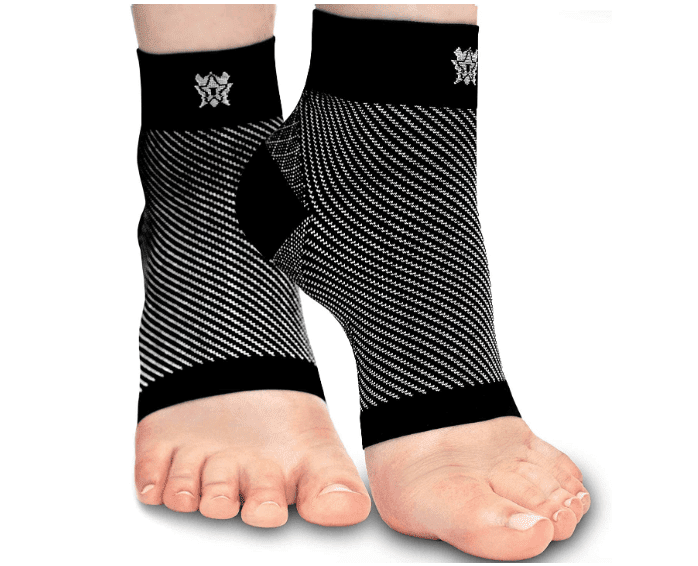
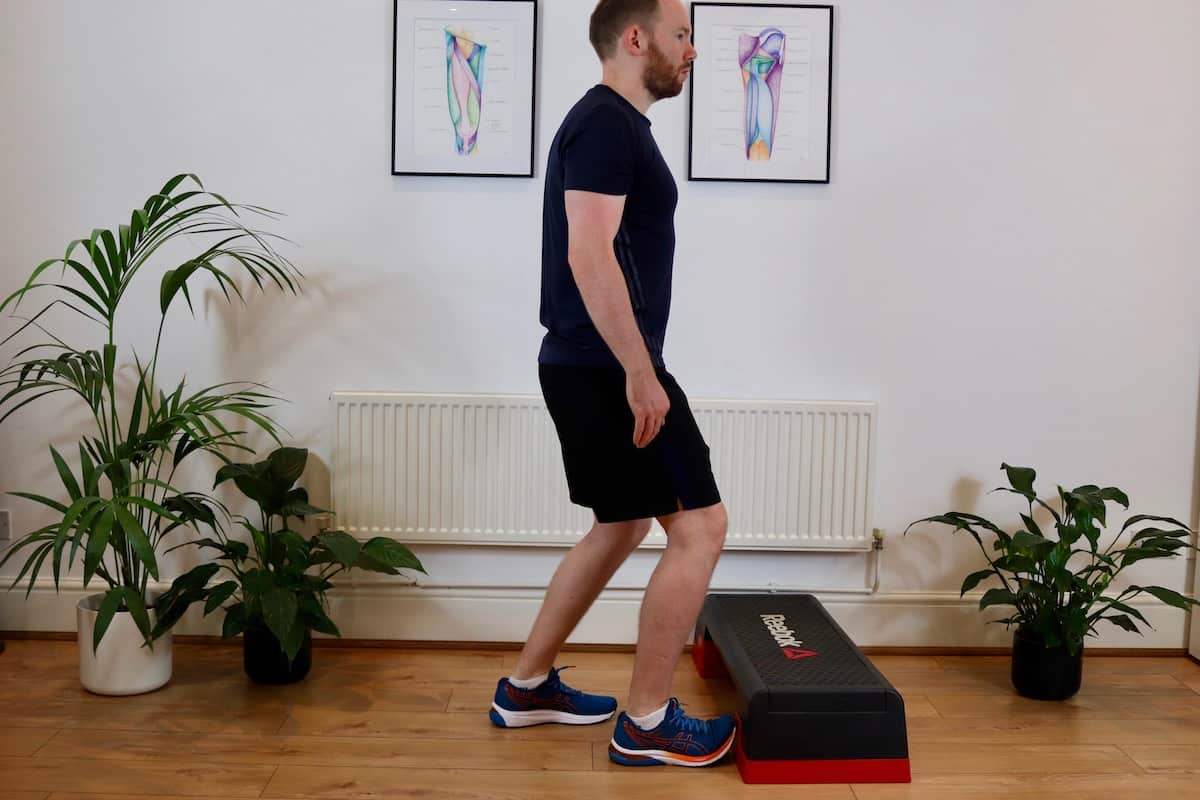
Plantar Fasciitis Stretches and strengthening are the most effective treatment for Plantar Fasciitis.
There is a specific Plantar Fasciitis strengthening protocol. We have written a separate article on how to carry this out.
Plantar Fasciitis Insoles are an effective form of treatment for plantar fasciitis. Studies have shown that off-the-shelf insoles are just as effective for treating Plantar Fasciitis as custom-made insoles.
Clinically, we have found this is the case in many instances; however, those with certain foot deformities or a stiff big toe require a customised insole. A study by Lee et al., 2012, found that when insoles are combined with a night splint, it is a more effective form of pain relief and improvement in function levels than using either alone.
Related Article: Best Plantar Fasciitis Brace
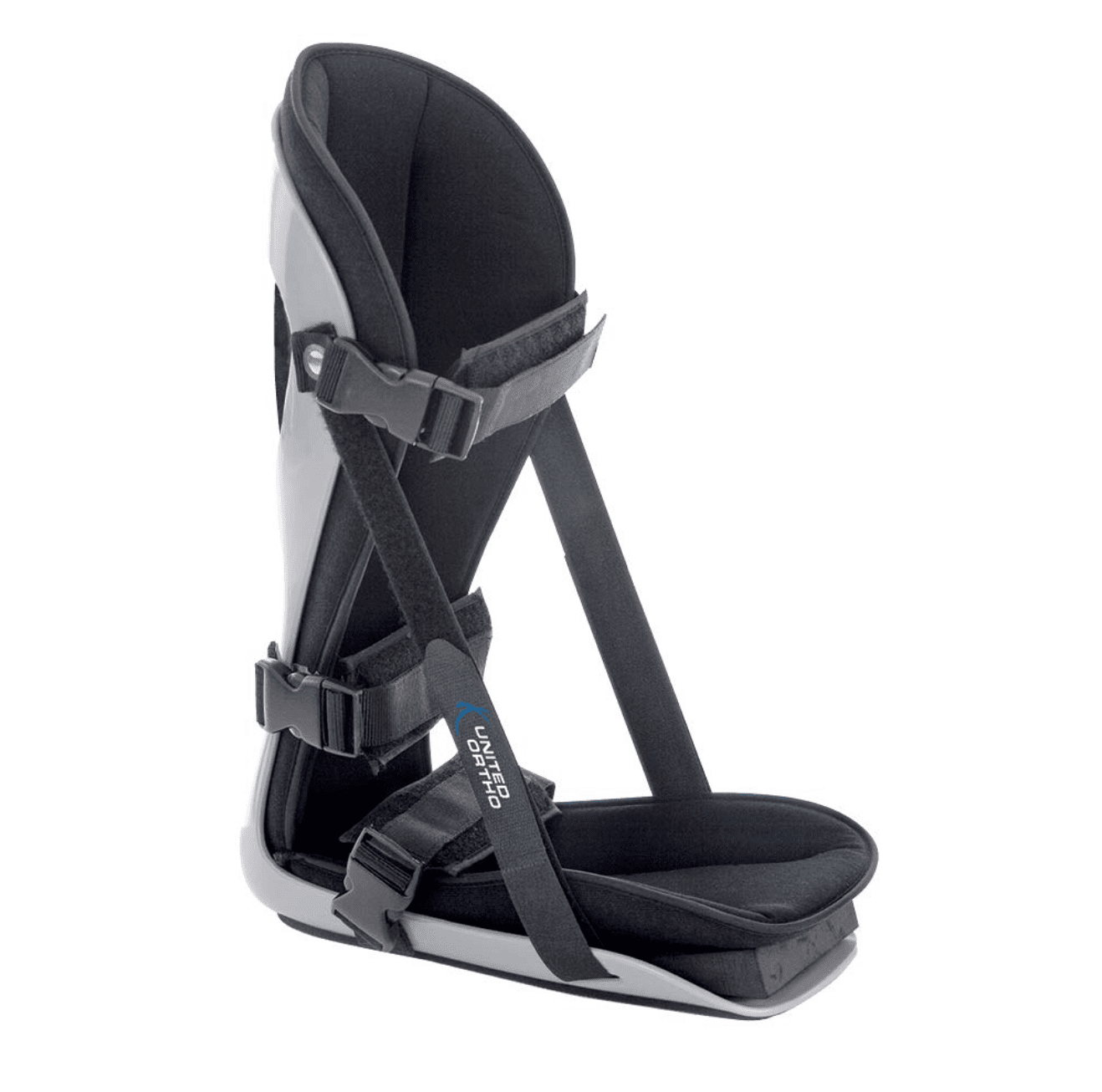
Any form of massage helps relax the muscles of the foot and ankle. Self-massage in the form of a foot massager, tennis ball or spikey ball for 5-10 minutes in the middle of the sole of the foot or on the calf muscle can provide pain relief. Avoid massage directly to the heel bone as this can compress the Plantar Fascia and irritate symptoms further.
Massage from a therapist is the most effective form of treatment as they can tailor it specifically to your needs. In contrast, a massage gun has become a popular alternative recently.
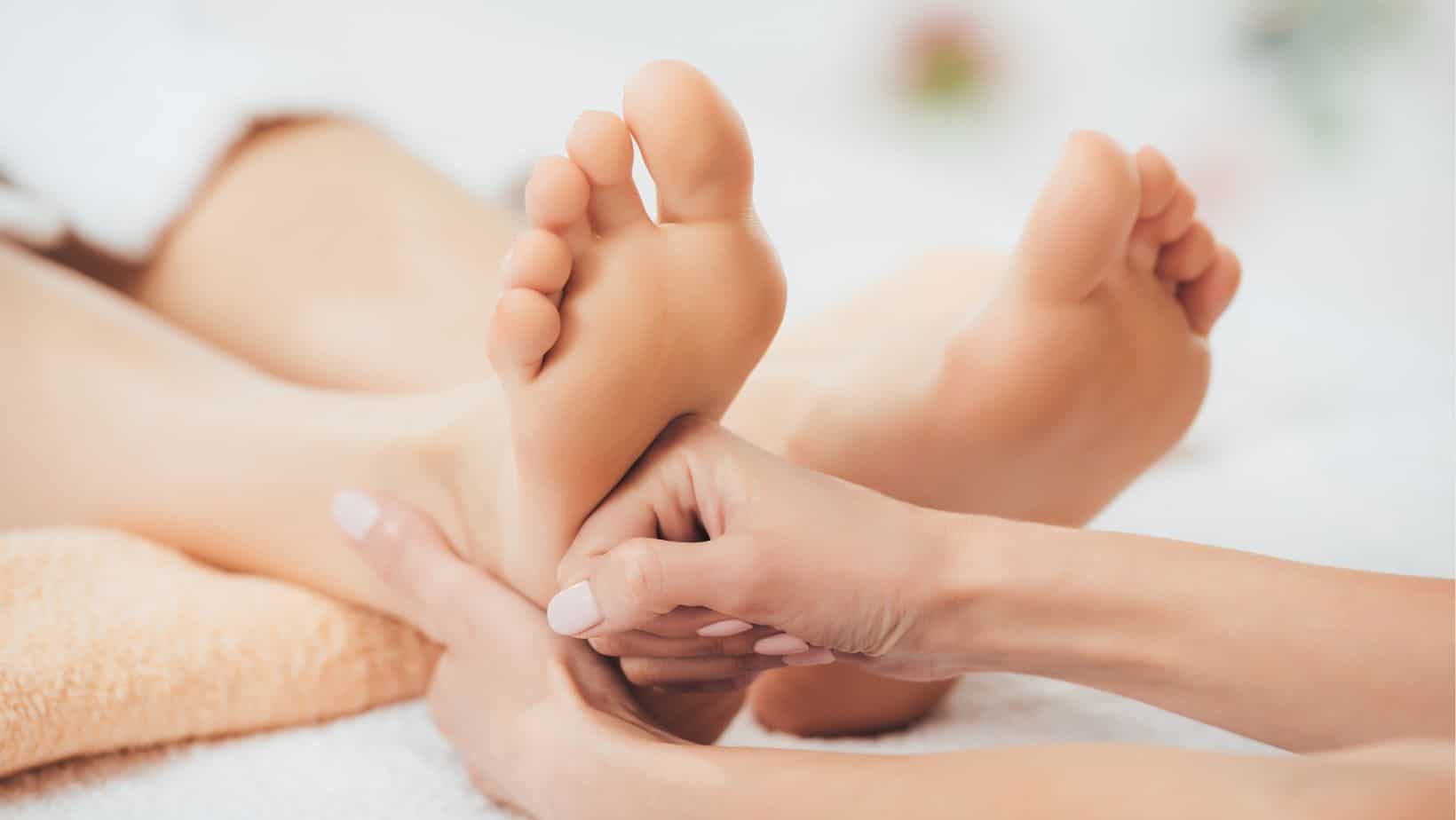

The Plantar Fascia plays a vital role in the integrity of the arch of your foot. It is placed under tension when standing and during the push-off phase of the gait cycling. If you feel like you are developing the symptoms of Plantar Fasciitis, we recommend immediately resting from activity, including standing to reduce inflammation levels in the fascia.
It is worth monitoring your step count levels to keep them as consistent as possible, as these can easily creep up during the day, even if you are indoors. If you need to go out, consider cycling, driving or taking public transport to reduce your step count.
Ice is a very effective form of analgesia. The Plantar Fascia is a very superficial connective tissue; therefore, applying ice directly to it is easy. Keep moving the ice around the medial aspect of the heel, so you do not get a burn for 10-15 minutes or until the area is completely numb. You can repeat this 3-4 times daily for maximum benefit.
There is mixed evidence around the anti-inflammatory effects of ice, but it is a cheap and effective method of pain relief for Plantar Fasciitis.
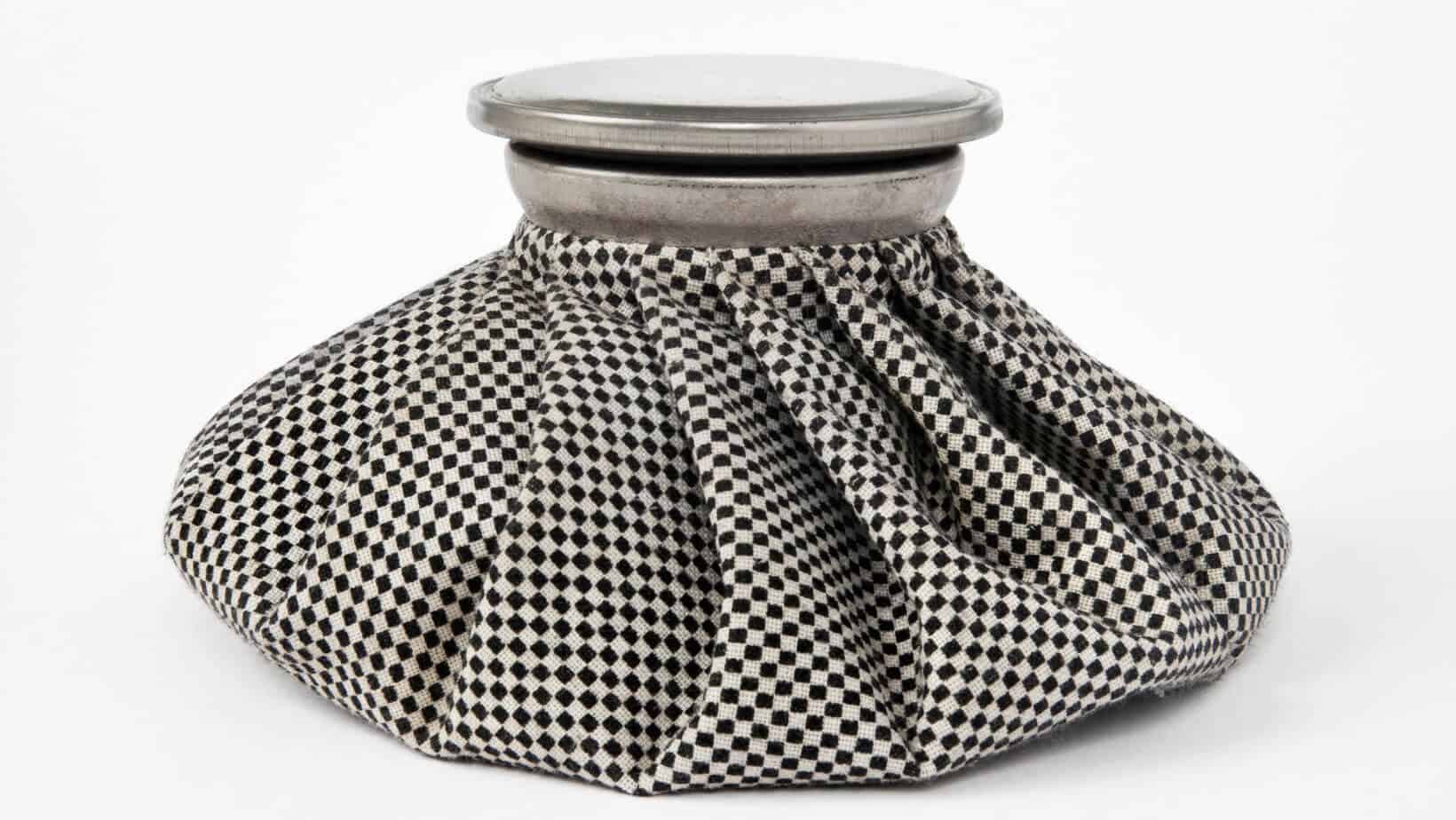

Anti-inflammatories have been proven to be very effective in providing pain relief and improving function levels for plantar fasciitis. These can be taken orally in the form of Ibuprofen, or there is good evidence for the effect of Voltaren gel. Gel anti-inflammatories are a favourite method due to their localised impact on the Plantar fascia. In contrast, oral anti-inflammatories are harsh on the stomach and should not be taken as a long-term solution. Take note not to apply clothing to the area where you used the gel for at least one hour to allow maximal absorption.
This blog was written by James McCormack, a Foot and Ankle Specialist Physiotherapist with extensive experience in the treatment and management of Plantar Fasciitis (Plantar Heel Pain).
This is not medical advice. We recommend consulting with a medical professional such as James McCormack if you have foot or ankle pain. James offers Online Physiotherapy Appointments weekly or he is available for face-to-face appointments in his London clinic.